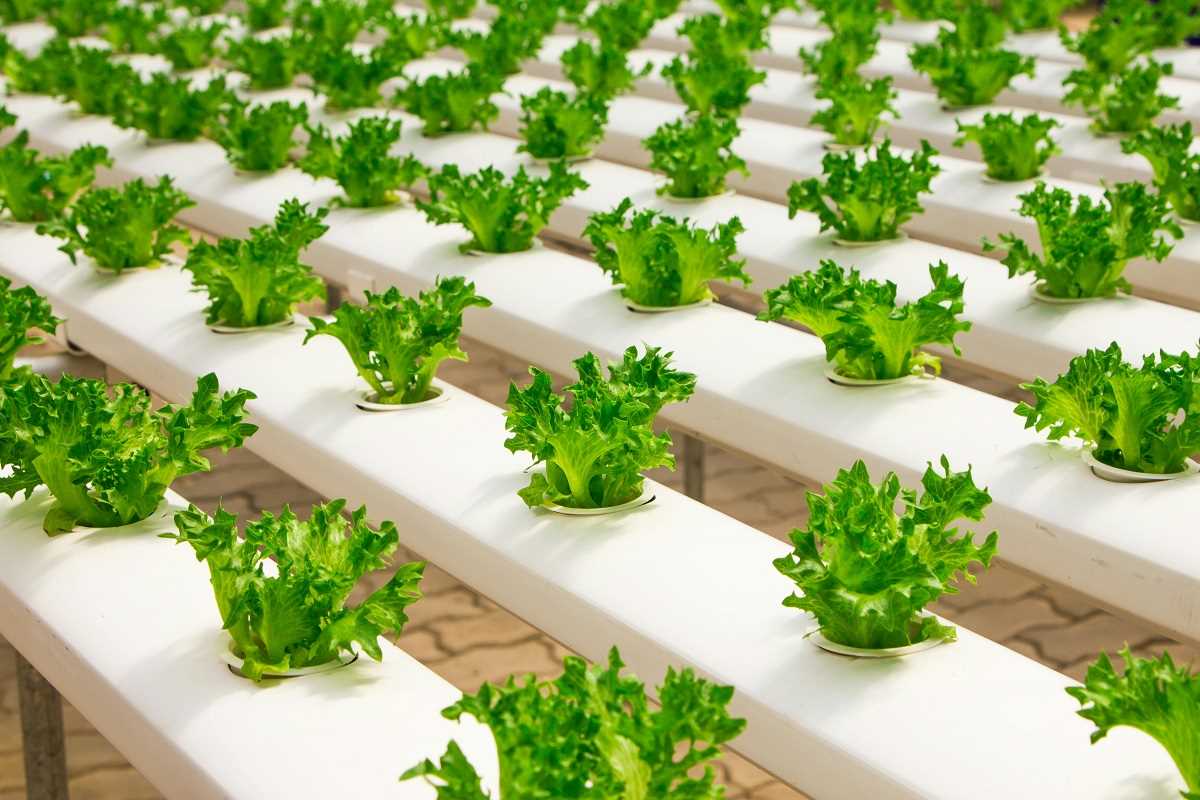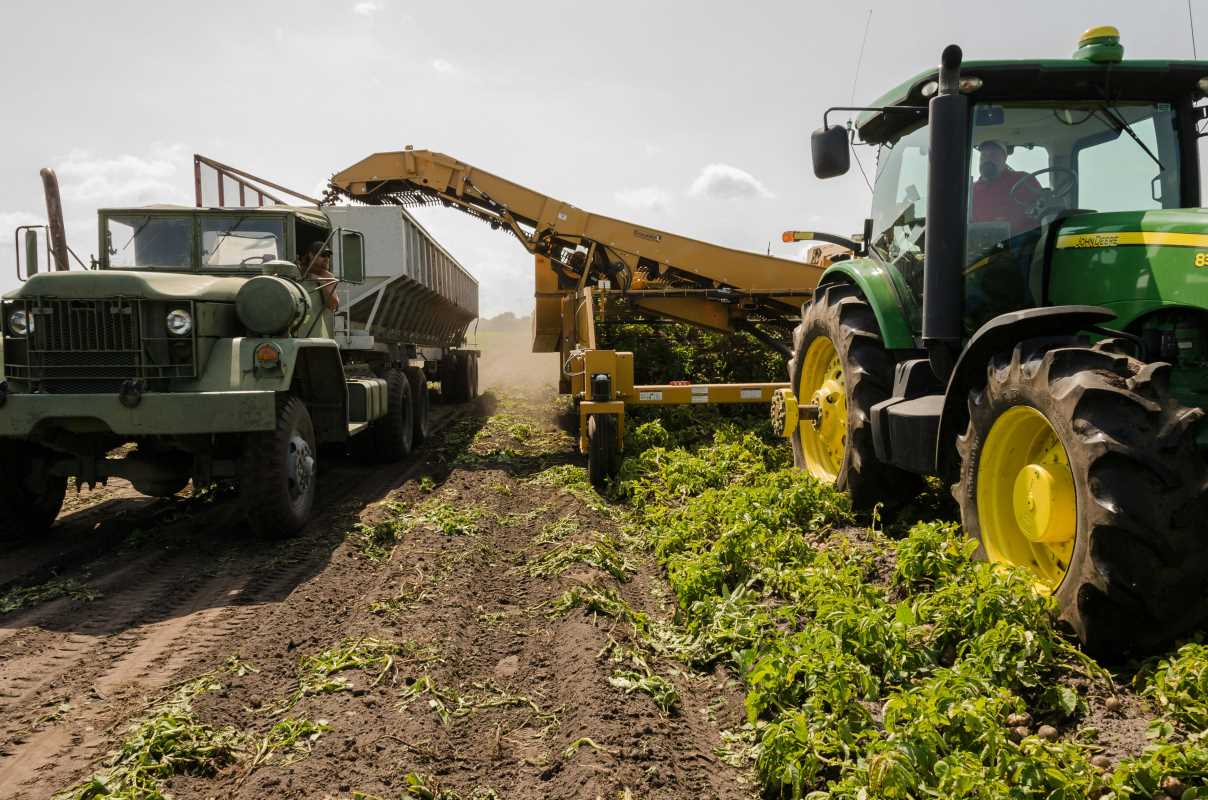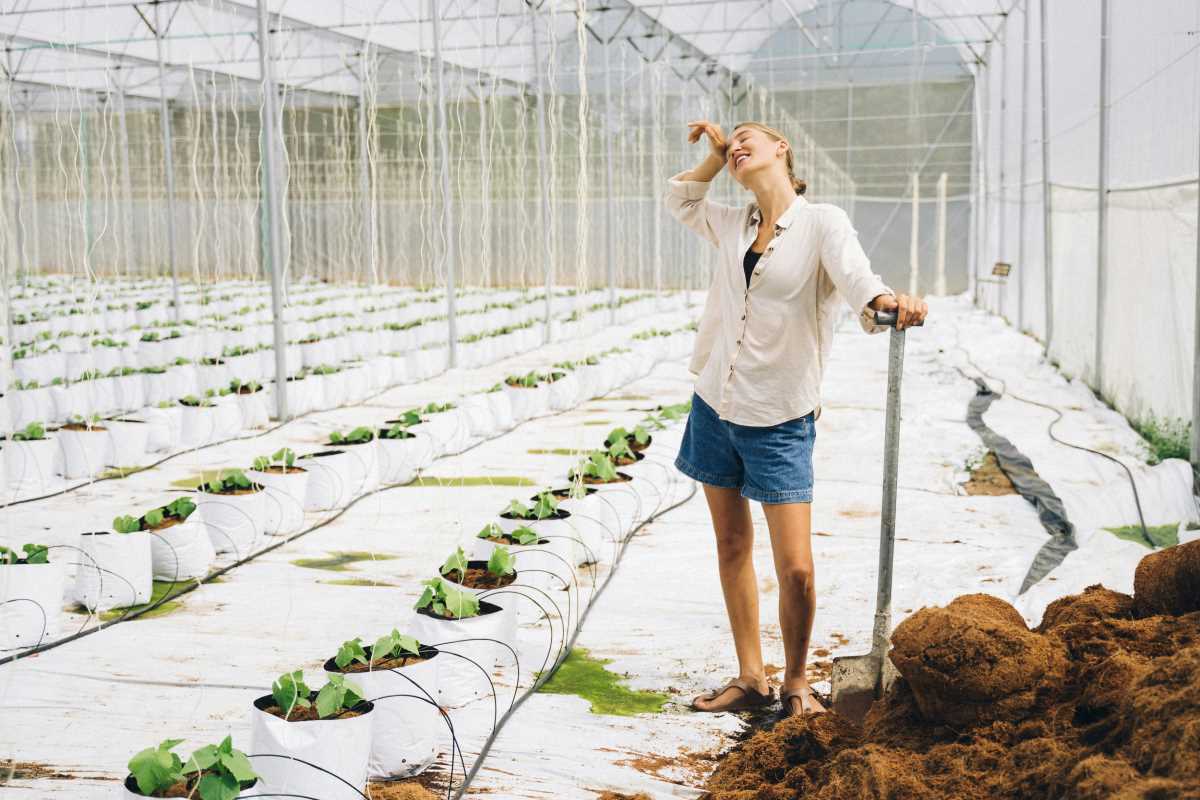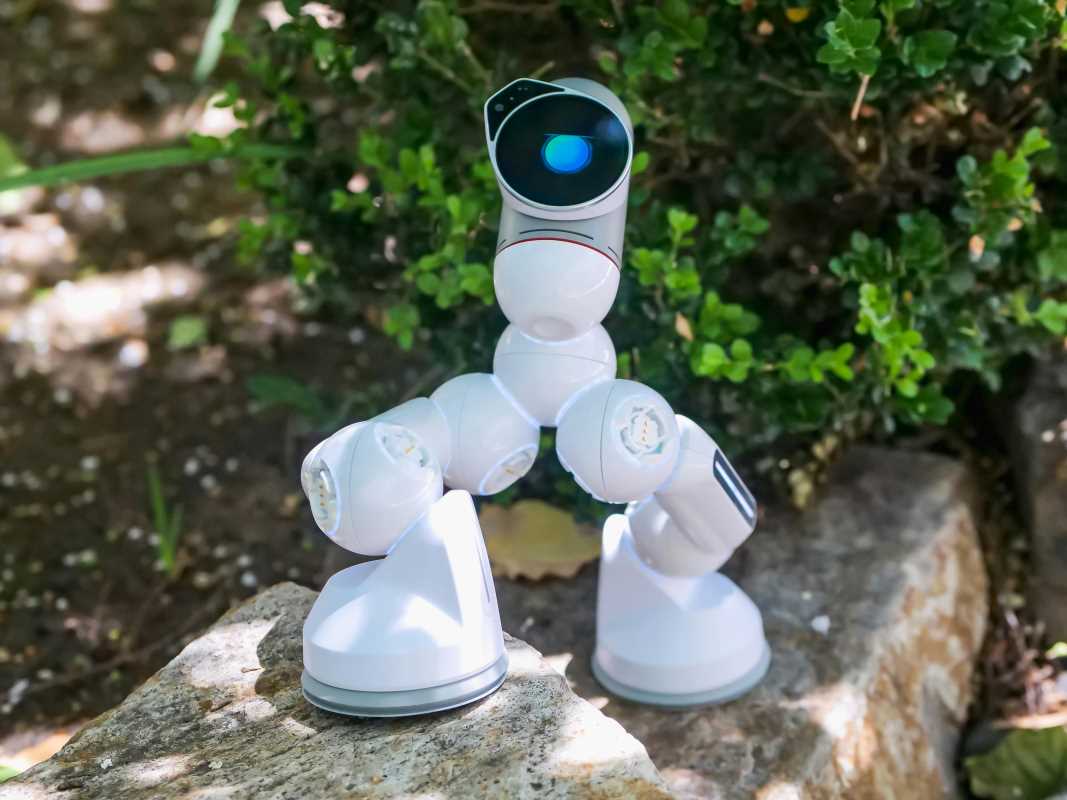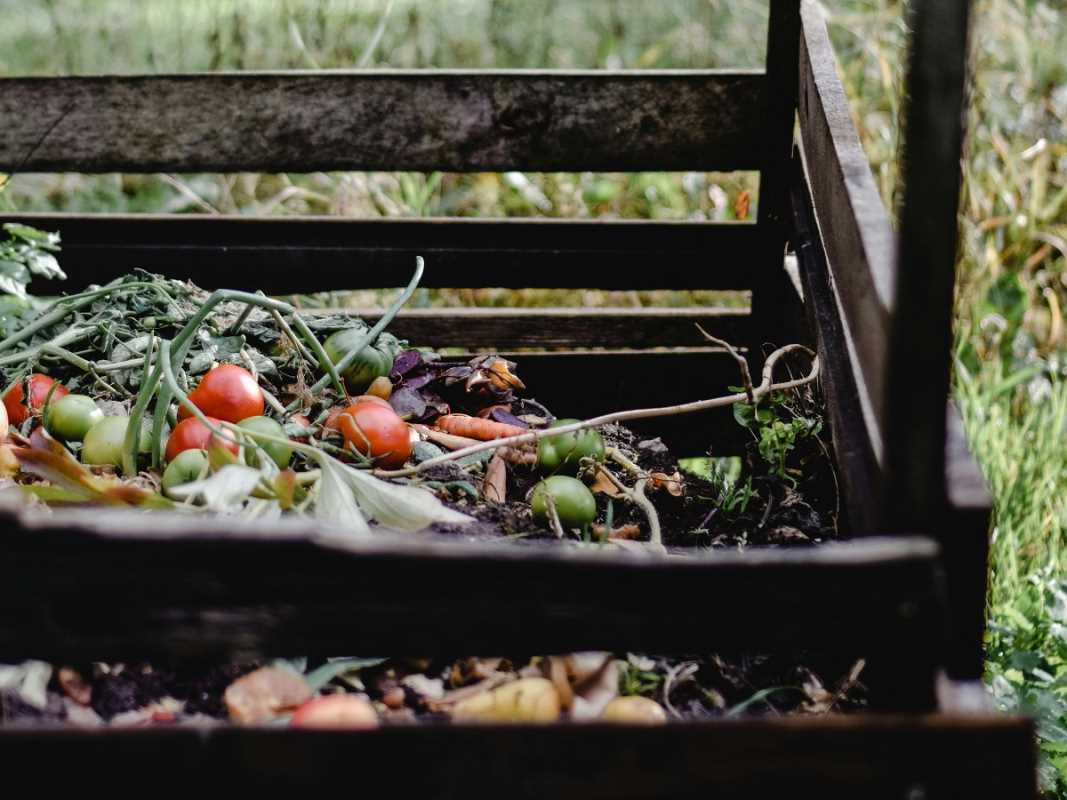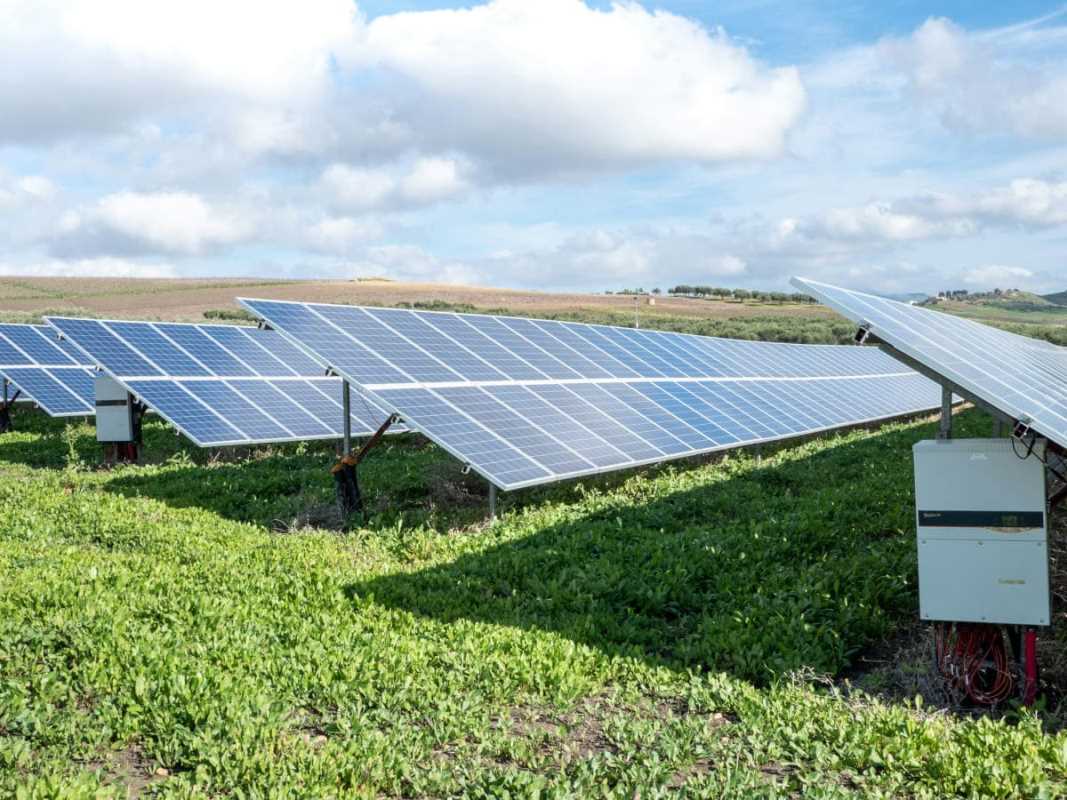Growing vegetables becomes more enjoyable and efficient when smart technology enters the garden. Tools such as automated watering systems, soil sensors, and pest detectors help keep track of plant health and simplify daily care. Gardeners can fine-tune watering schedules, deliver nutrients at the right time, and spot potential problems early, all with the tap of a button or glance at a screen. These innovations prove especially useful for larger gardens, where manual upkeep can feel overwhelming. By relying on devices that provide timely information and automate routine chores, anyone can maintain a productive vegetable patch with less effort and more confidence.
Adopting smart integrations in the vegetable patch not only saves time but also enhances productivity. It helps you keep track of environmental changes and optimize resource use, ensuring that every plant gets what it needs to grow strong. With hands-on techniques and clear instructions, smart devices bring a refreshing twist to age-old practices.
Understanding Smart Tools for Vegetable Gardens
Smart gardening tools combine technology with agriculture to simplify care routines. These devices collect data from the garden and respond promptly to needs like irrigation, temperature regulation, and soil conditions. They operate through wireless connectivity and user-friendly apps, making it simple to oversee and adjust functions remotely.
Many gardeners prefer such equipment for its accuracy and user convenience. Popular examples include automated irrigation systems, digital soil sensors, and weather monitoring devices. Common types of smart tools include:
- Automated sprinklers that adjust water output based on soil moisture
- Soil sensors that report nutrient levels in real time
- Weather stations that provide localized forecasts and alerts
- Remote-controlled lighting and temperature systems
Planning Your Smart Garden Setup
Before selecting smart devices, evaluate the unique characteristics of your vegetable patch. Measure the size of your land, review the connectivity options available, and determine a budget that suits your needs. Understanding these factors helps you pick tools that integrate seamlessly and meet the demands of outdoor cultivation.
To plan your setup effectively, consider these aspects: connectivity strength across the area, weather challenges, and the compatibility of various devices. Follow these steps to gauge your garden's requirements:
- Map your garden to identify zones that need different levels of attention.
- Estimate the number of sensors and controllers the area requires.
- Test your wireless network coverage across the entire plot.
- Define your budget, factoring in both installation and maintenance costs.
- Research reviews and ratings for different smart devices.
Step-by-Step Guide to Equipping Smart Tools
Setting up smart devices involves a few clear and manageable steps. Start by researching the best options that fit your garden’s unique layout and environmental conditions. Look into customer testimonials and case studies from fellow gardeners who manage similar spaces.
Next, purchase the tools that align with your intended improvements. When buying, check that the devices support easy app integration and offer detailed user guides. Many brands ensure seamless connectivity and intuitive operation, designed to save both time and resources.
Follow a carefully curated checklist for installation to avoid delays:
- Review the installation manual provided by the manufacturer thoroughly.
- Set up your devices in the recommended locations to maximize sensor accuracy and coverage.
- Configure the assistant app on your smartphone or computer to synchronize all devices.
- Test each connection by running a series of trial adjustments, focusing on water flow, light intensity, and temperature control.
- Keep the installation guide for future reference and troubleshooting.
Top Smart Tool Features To Look For
Selecting the right smart devices means paying attention to certain features that ensure durability and effective performance in a vegetable patch. When evaluating models, focus on functions that provide reliable assistance in managing outdoor conditions.
The most important features include:
- Weatherproofing that safeguards equipment from rain and extreme temperatures
- App compatibility allowing for remote monitoring and control
- Multiple sensor types to detect soil moisture, light, and temperature accurately
- Easy integration with existing systems for smoother updates and data sharing
- Robust battery life or solar-powered options for uninterrupted operation
Troubleshooting and Maintenance
Regular maintenance of smart devices—through daily, weekly, and seasonal routines—ensures they run smoothly and last longer. Address issues like connectivity or sensor errors promptly, stay on top of software updates, and inspect devices after storms or temperature changes.
Smart technology reduces manual work and improves monitoring in your vegetable patch. With consistent upkeep, you’ll enjoy a more efficient and productive garden.
